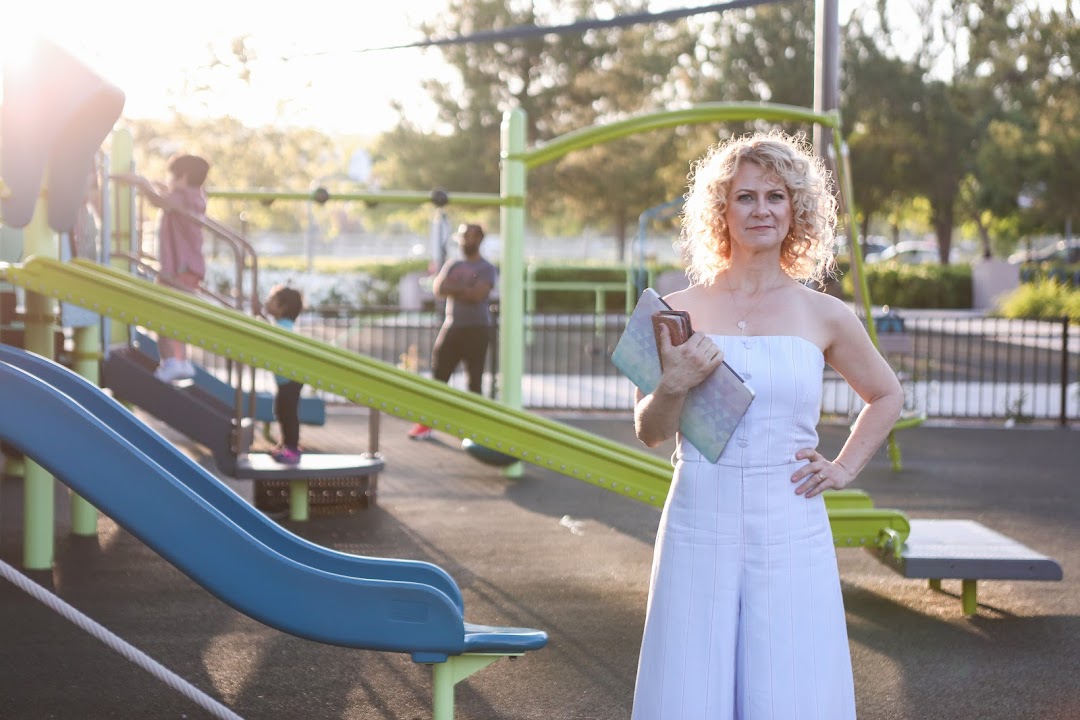TAVI transformed my life
At age 84, Gerry Phelan thought his breathlessness and fatigue were part of the ageing process, but the symptoms were due to a serious heart condition.
Gerry had always been an active man, even after undergoing triple bypass surgery in 2005. However, about three years ago he started to experience a deterioration in his health. “I started having breathing difficulties on the stairs and when walking,” the former London bus driver explains. “Sleep was also becoming almost impossible. I was using five pillows but even then, within about 10 seconds of falling asleep, I’d feel like I was drowning or suffocating,” he tells This Is MedTech.
He assumed that this was a result of his age, until he was in hospital for an unrelated incident. “While I was there, one of my daughters asked about my symptoms and my treating doctor invited a cardiologist to have a look,” says Gerry. “The cardiologist explained that I had a heart condition called aortic stenosis, which required treatment as soon as possible.”
Aortic stenosis is a narrowing of the aortic valve opening which prevents the valve from opening fully, in turn reducing or blocking blood flow from your heart into the main artery to your body (aorta) and onward to the rest of your body. When this happens, your heart needs to work harder to pump blood to your body and eventually, this extra work limits the amount of blood it can pump, causing symptoms and possibly weakening your heart muscle.
It’s a common disease of ageing which affects up to 7% of people aged over 65. Once symptoms become severe – as they had with Gerry – 50% of patients will die within two years without treatment. “I didn’t realise the danger I was in,” he comments in hindsight. The only effective treatment was the replacement of the diseased valve with an artificial one, but because of Gerry’s previous bypass operation, it would have been too risky for him to undergo surgery.
“The cardiologist said that I’d be an ideal candidate for a minimally invasive procedure called transcatheter aortic valve implantation, or TAVI, which I’d never heard of. I agreed there and then, on the condition that my wife and children were OK with the decision to go ahead with it.” TAVI involves inserting the replacement valve via the femoral artery through a small incision in the groin and then balloon-inflating it into place without having to remove the faulty valve.
“I felt only slight discomfort and wasn’t distressed at all. I think I was on the table for about an hour and by the next day, I was walking the hospital corridor without no loss of breath,” says Gerry. “The day I received TAVI my life was transformed. There are no other words for it. I could sleep again with just two pillows and I got back my appetite. I no longer had the fear that I’d suffered from before.”
Over the last year, Gerry has been able to resume the things he enjoys most. His near-daily fitness regime involves going on the treadmill 15-20 minutes a day, followed by 10-15 minutes on the exercise bike two or three times a day. He and Betty, his wife of 62 years, have a busy social life – they travel around Ireland regularly with friends and enjoy singing and dancing. With three daughters and seven grandchildren, there are very few quiet times for Gerry and Betty, but Gerry is very thankful for his active lifestyle.
“TAVI has changed my life and I feel like I’ve made a miraculous recovery. I would recommend it to anyone else who is suffering like I was,” he concludes.






